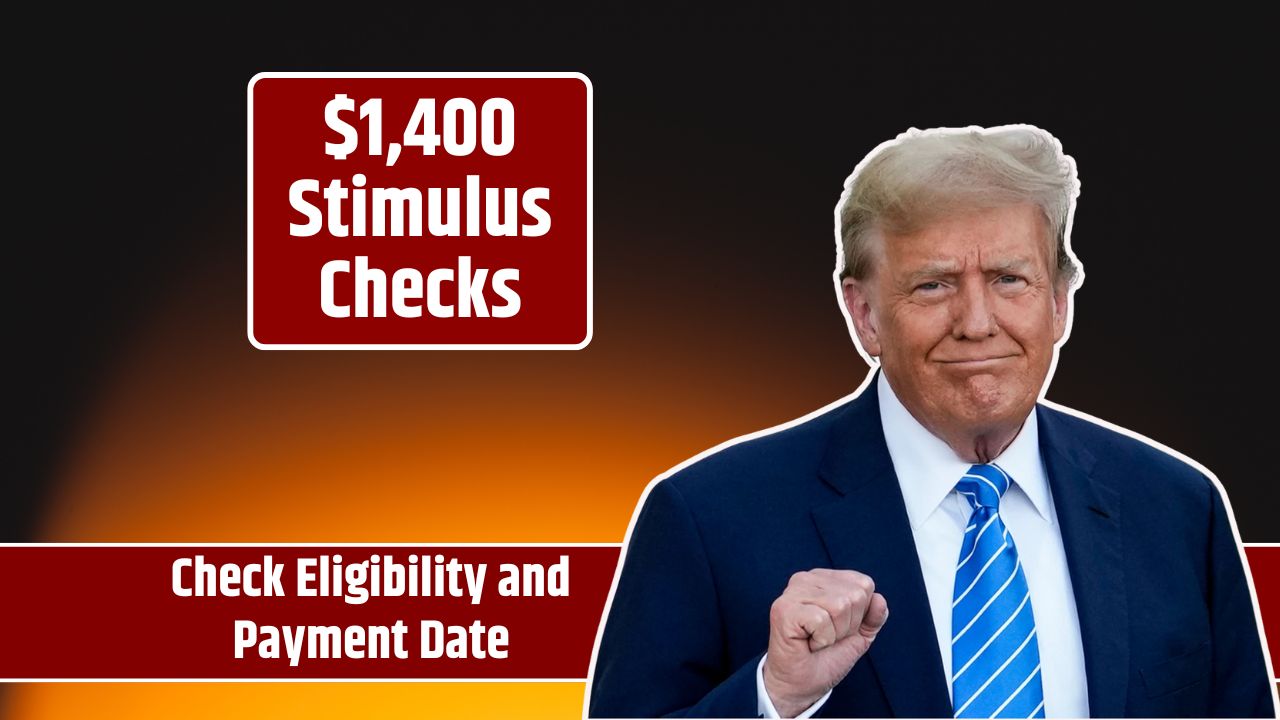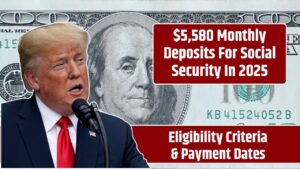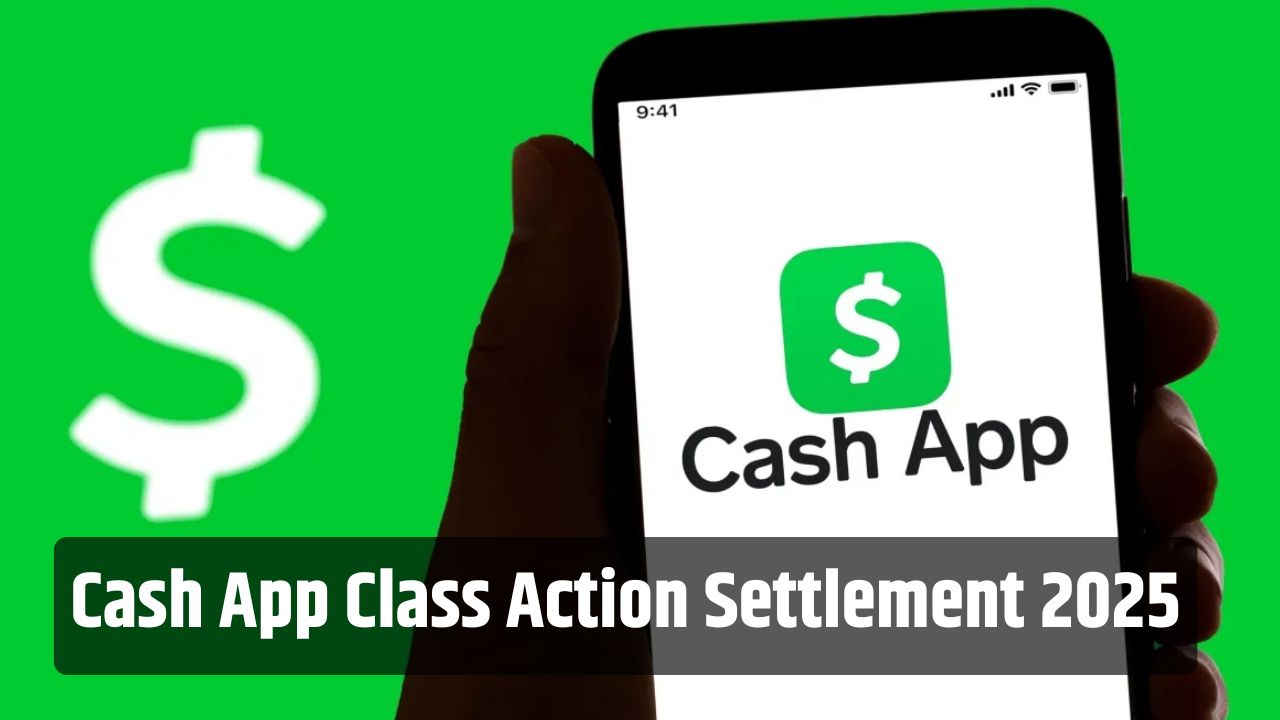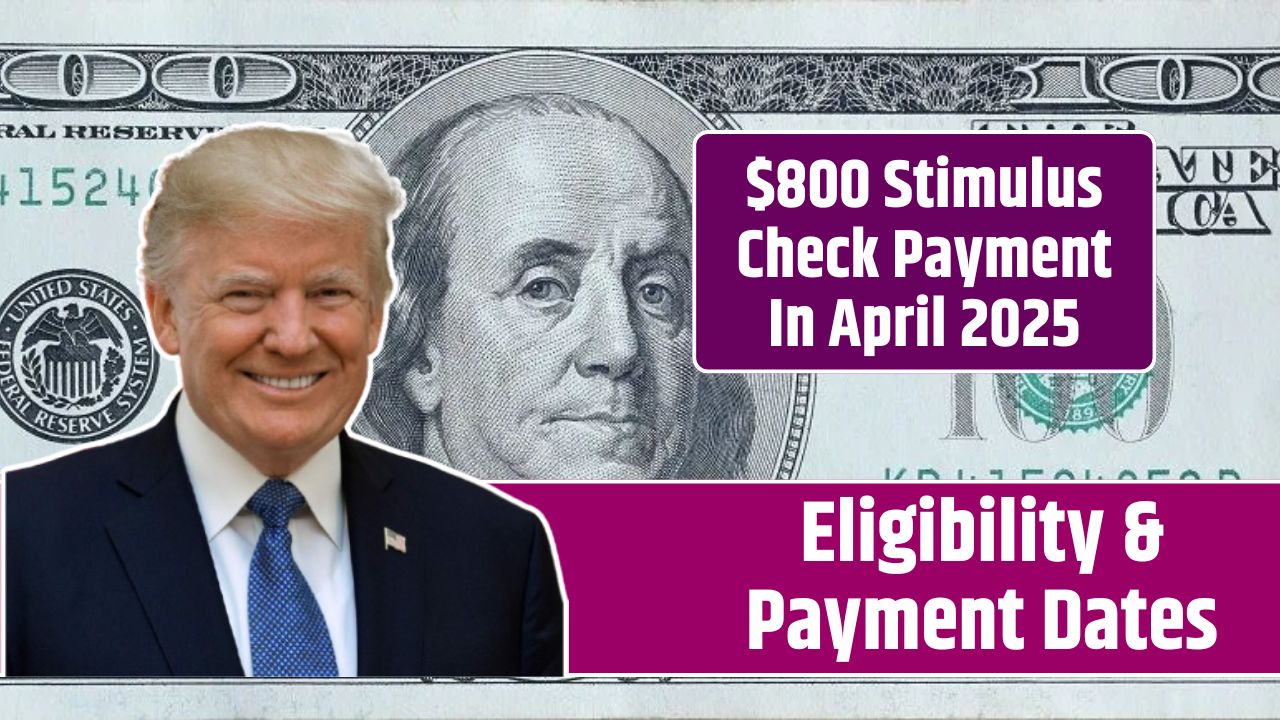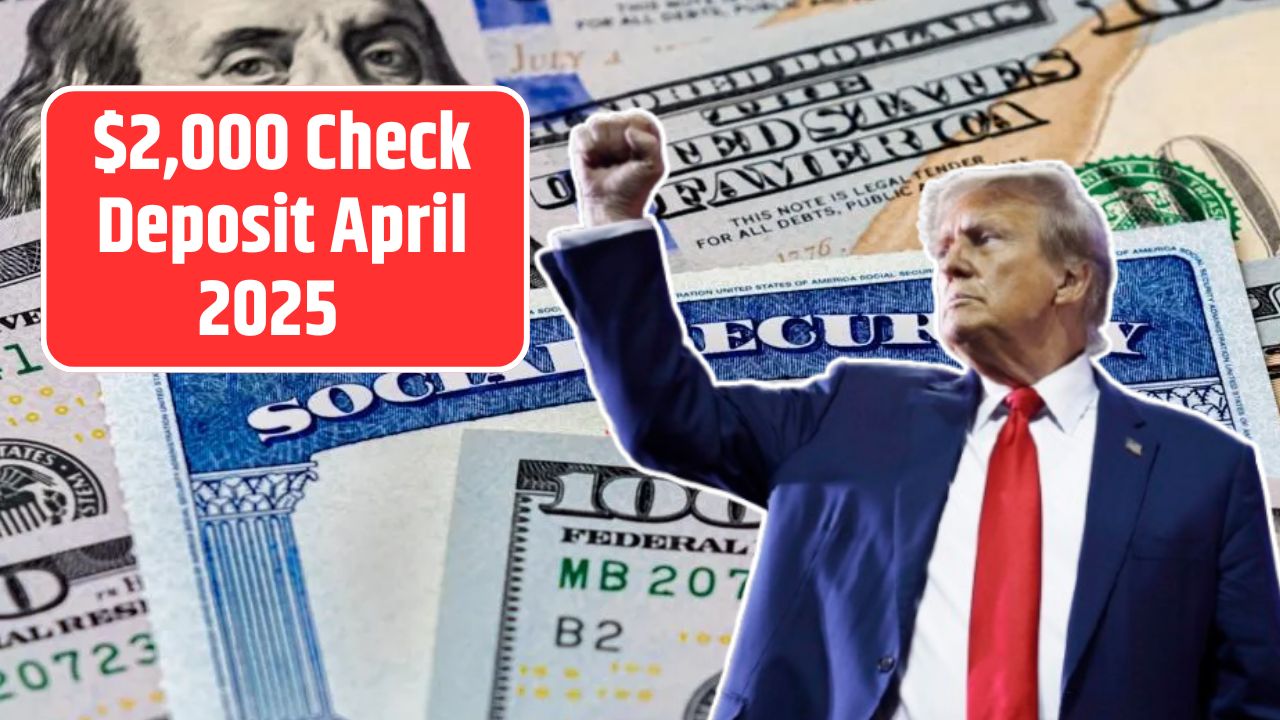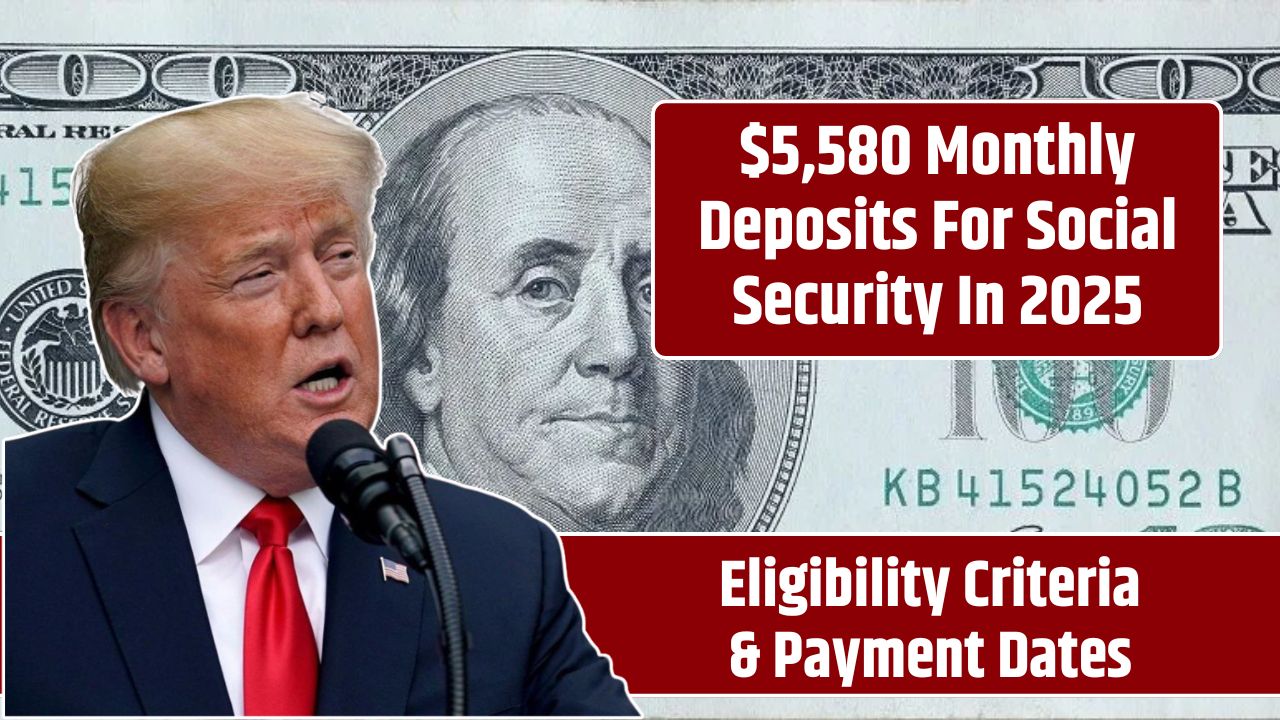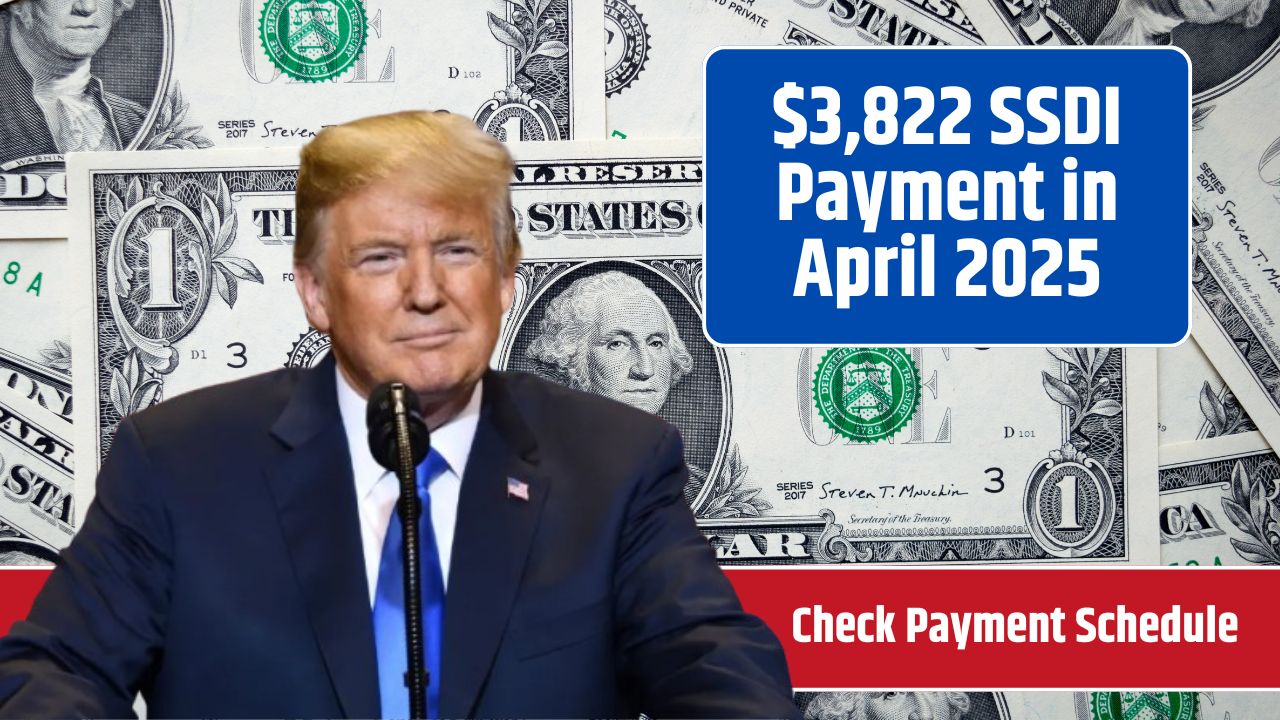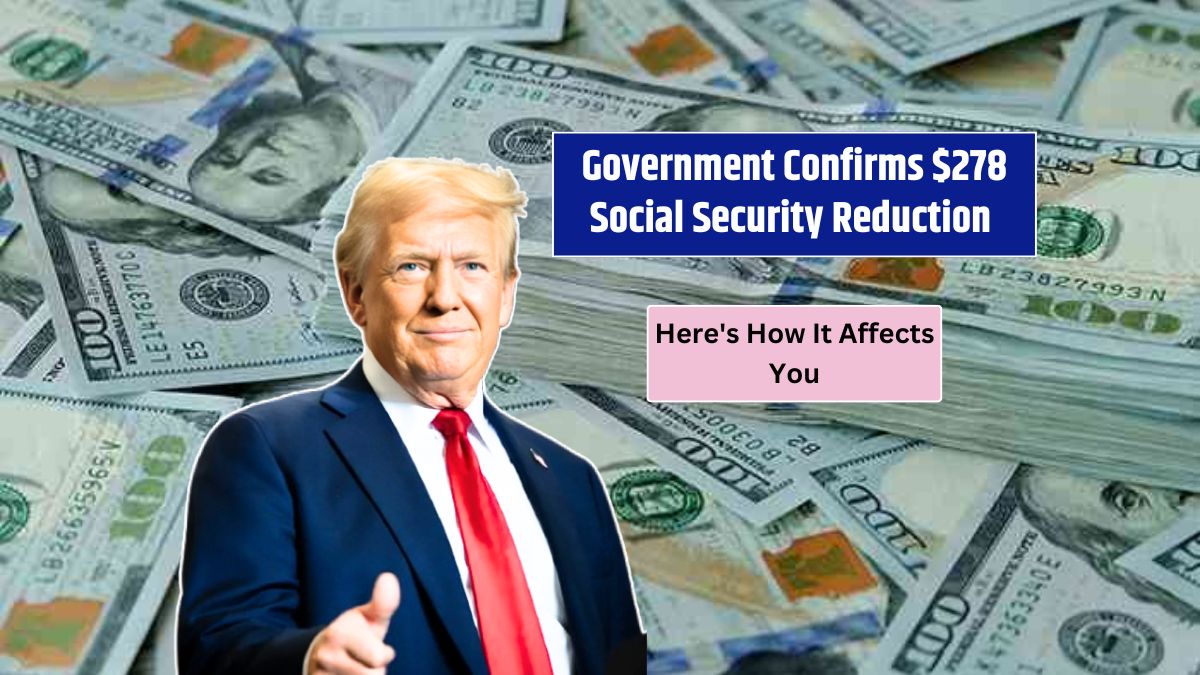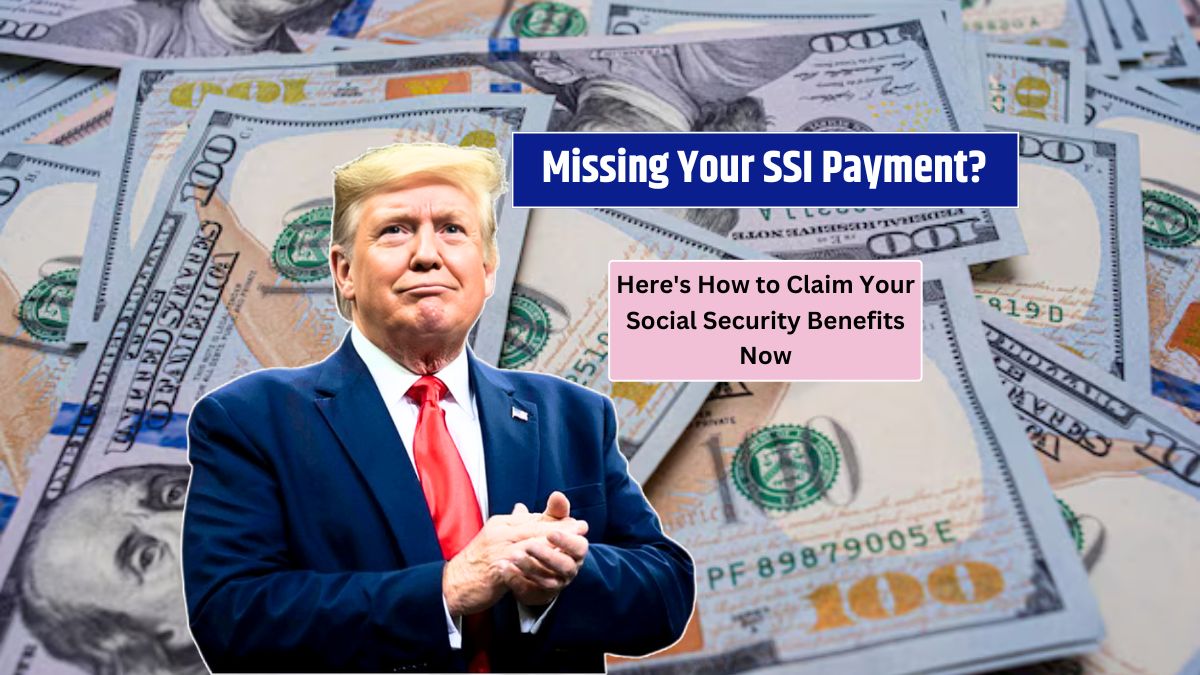Nearly one million Americans are about to receive an unexpected financial boost, as the Internal Revenue Service (IRS) launches a new initiative to distribute up to $1,400 to eligible individuals. This effort targets those who qualified for the Recovery Rebate Credit (RRC) but failed to claim it on their 2021 tax returns. With nearly $2.4 billion at stake, the IRS is taking proactive steps to ensure no one misses out.
Let’s dive into who qualifies, how much you might receive, and what actions—if any—you need to take.
What Is the Recovery Rebate Credit (RRC)?
The Recovery Rebate Credit was created to ensure taxpayers received all the pandemic-related stimulus payments they were entitled to. Specifically linked to the third round of Economic Impact Payments (stimulus checks) issued under the American Rescue Plan Act of 2021, the RRC offered up to $1,400 per person.
You were eligible to claim the RRC on your 2021 tax return if:
- You did not receive a third stimulus check.
- You received less than the full amount.
- Your life circumstances changed in 2021 (such as income changes or adding dependents).
However, many taxpayers mistakenly left the RRC section blank or incorrectly entered “$0,” resulting in missed payments.
Who Is Eligible for the New $1,400 Payments?
To qualify for this round of payments, you must meet all of the following conditions:
- Filed a 2021 Tax Return: The IRS must have your 2021 filing on record.
- Didn’t Claim the Recovery Rebate Credit: Your return either left the RRC section blank or entered $0 incorrectly.
- Eligible for Economic Impact Payments: You must have qualified for at least one of the three stimulus rounds based on income, dependent status, or other criteria.
Here’s a quick eligibility reference:
| Requirement | Explanation |
|---|---|
| Filed 2021 tax return | Must be submitted to qualify |
| Missed RRC on return | Either left blank or entered $0 |
| Eligible for stimulus payment | Based on income, dependents, and other qualifications |
How Much Money Will You Receive?
The maximum payment is $1,400 per person, but your final amount will vary depending on:
- 2021 income
- Filing status (single, head of household, married filing jointly)
- Number of eligible dependents
Example Scenarios:
| Scenario | Total Payment |
|---|---|
| Single individual, missed Round 3 | $1,400 |
| Married couple with two children | $5,600 |
| Single parent with one child | $2,800 |
The IRS will review your 2021 tax return to calculate the correct amount, subtracting any stimulus payments you already received.
How Will the IRS Deliver the Money?
The good news? You don’t have to lift a finger. The IRS is issuing payments automatically.
Delivery Methods:
- Direct Deposit: Funds sent to the bank account from your most recent tax filing.
- Paper Check: If no bank information is available, a check will be mailed to your recorded address.
What to Expect:
- A notification letter explaining your payment and how it was calculated—keep this for your records.
Timeline:
- Payments are scheduled to begin in late January 2025.
- If you haven’t received anything by February 2025, it’s recommended to follow up with the IRS.
Haven’t Filed Your 2021 Return Yet? There’s Still Time
If you didn’t file a 2021 tax return, you still have until April 15, 2025, to do so and potentially claim your payment.
This extension is especially helpful for those who:
- Had little or no income in 2021.
- Were involved in gig work or ran a small business.
- Were otherwise not required to file a return but qualified for the RRC.
If you think you might be eligible, filing now could unlock a substantial payment for you and your family.
Overview of Previous Stimulus Payments
Understanding past stimulus efforts provides context for why this new initiative matters:
| Stimulus Round | Individual Amount | Per Dependent | Legislation |
|---|---|---|---|
| Round 1 (March 2020) | $1,200 | $500 | CARES Act |
| Round 2 (Dec 2020) | $600 | $600 | Consolidated Appropriations Act |
| Round 3 (March 2021) | $1,400 | $1,400 | American Rescue Plan Act |
Together, these payments represented $814 billion in federal aid during the COVID-19 pandemic.
Why Is the IRS Doing This Now?
According to IRS Commissioner Danny Werfel, an internal review revealed that nearly one million taxpayers mistakenly missed the Recovery Rebate Credit. Rather than placing the burden on taxpayers to fix the problem, the IRS is addressing the oversight and distributing the payments automatically.
This move aligns with the IRS’s broader efforts to:
- Improve customer service
- Simplify tax processes
- Ensure eligible Americans receive the financial support they deserve
If you’re one of the individuals who struggled during the pandemic, now might be your chance to finally receive the assistance you were entitled to—all without having to refile or submit additional paperwork.
FAQs:
Do I need to refile my 2021 tax return to get the payment?
No. If you already filed a 2021 return and qualify, the IRS will send your payment automatically.
How do I know if I left the Recovery Rebate Credit blank?
The IRS is identifying eligible taxpayers internally. If you qualify, you’ll receive a notification letter.
What if I moved or changed bank accounts since filing?
If your banking information has changed, the IRS will mail a paper check to your last known address.

